- Joined
- Aug 15, 2000
- Messages
- 18,987
From a discussion at https://www.pricescope.com/communit...rst-real-threat.175721/#post-3210744#p3210744
On a Linked in discussion my friend Branko - he mentioned a simple method for identifying CVD (and HPHT) small diamonds in parcels that would never go to labs because of size/volume/cost.
It turns out that because CVD diamonds are grown on flat bases of an existing diamond, layer upon layer, that they tend to have vertical columns of stress which, as all diamond gemologists know, stress in singly refractive gems can be seen between crossed polarizing filters. e.g. if you broke a pair of polaroid sun glasses in half, placed the diamond on one lens and turned the other lens at 90 degrees and looked with a loupe or microscope you will see the strain.
Polariscope is one of the least expensive and most common gem tools that is in the 101 lesson - https://www.google.com/search?tbm=isch&hl=en&source=hp&biw=1366&bih=643&q=polariscope&gbv=2&oq=polariscope&aq=f&aqi=g1g-S9&aql=&gs_l=img.12..0j0i24l9.1269.3381.0.6245.11.10.0.1.1.0.116.1020.1j9.10.0...0.0.DBdsS97LTGg
So thanks to our wonderful scientificly trained Gemologists, there is no reason fakers can get away with cheating.
Acknowledgement: Branko Deljanin (Canadian Gemological Lab, Vancouver ) and Dusan Simic (Analytical Gemology and Jewelery, New York).
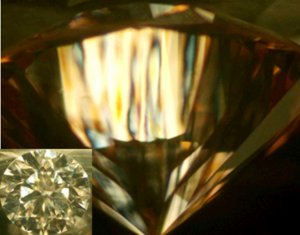
On a Linked in discussion my friend Branko - he mentioned a simple method for identifying CVD (and HPHT) small diamonds in parcels that would never go to labs because of size/volume/cost.
It turns out that because CVD diamonds are grown on flat bases of an existing diamond, layer upon layer, that they tend to have vertical columns of stress which, as all diamond gemologists know, stress in singly refractive gems can be seen between crossed polarizing filters. e.g. if you broke a pair of polaroid sun glasses in half, placed the diamond on one lens and turned the other lens at 90 degrees and looked with a loupe or microscope you will see the strain.
Polariscope is one of the least expensive and most common gem tools that is in the 101 lesson - https://www.google.com/search?tbm=isch&hl=en&source=hp&biw=1366&bih=643&q=polariscope&gbv=2&oq=polariscope&aq=f&aqi=g1g-S9&aql=&gs_l=img.12..0j0i24l9.1269.3381.0.6245.11.10.0.1.1.0.116.1020.1j9.10.0...0.0.DBdsS97LTGg
So thanks to our wonderful scientificly trained Gemologists, there is no reason fakers can get away with cheating.
Acknowledgement: Branko Deljanin (Canadian Gemological Lab, Vancouver ) and Dusan Simic (Analytical Gemology and Jewelery, New York).


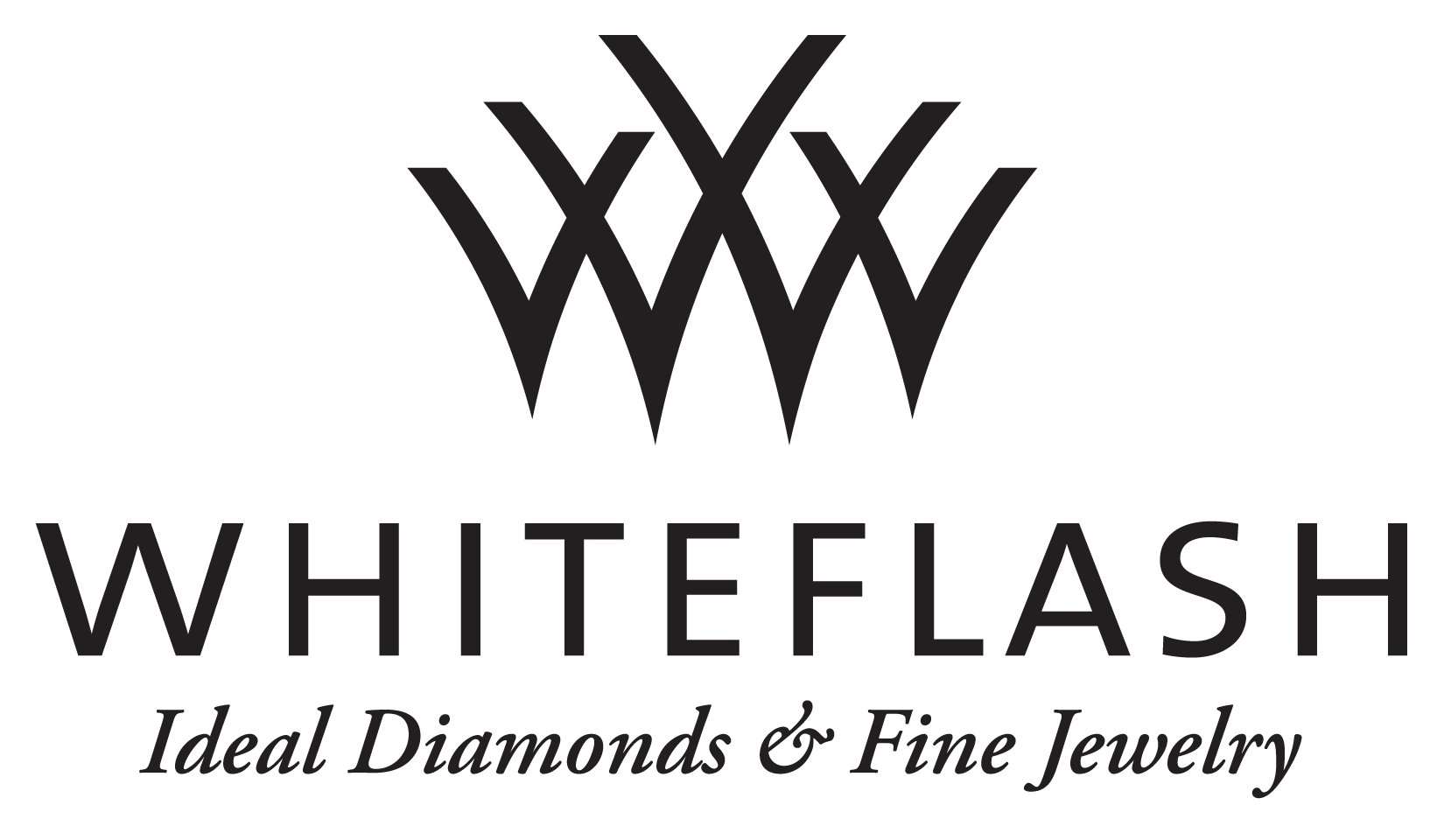
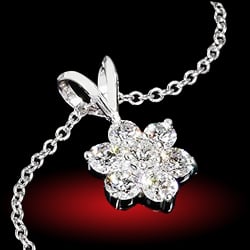
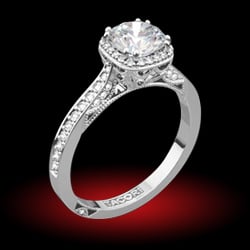
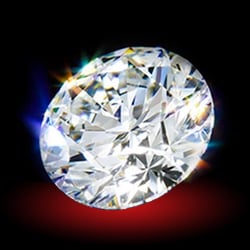


300x240.png)